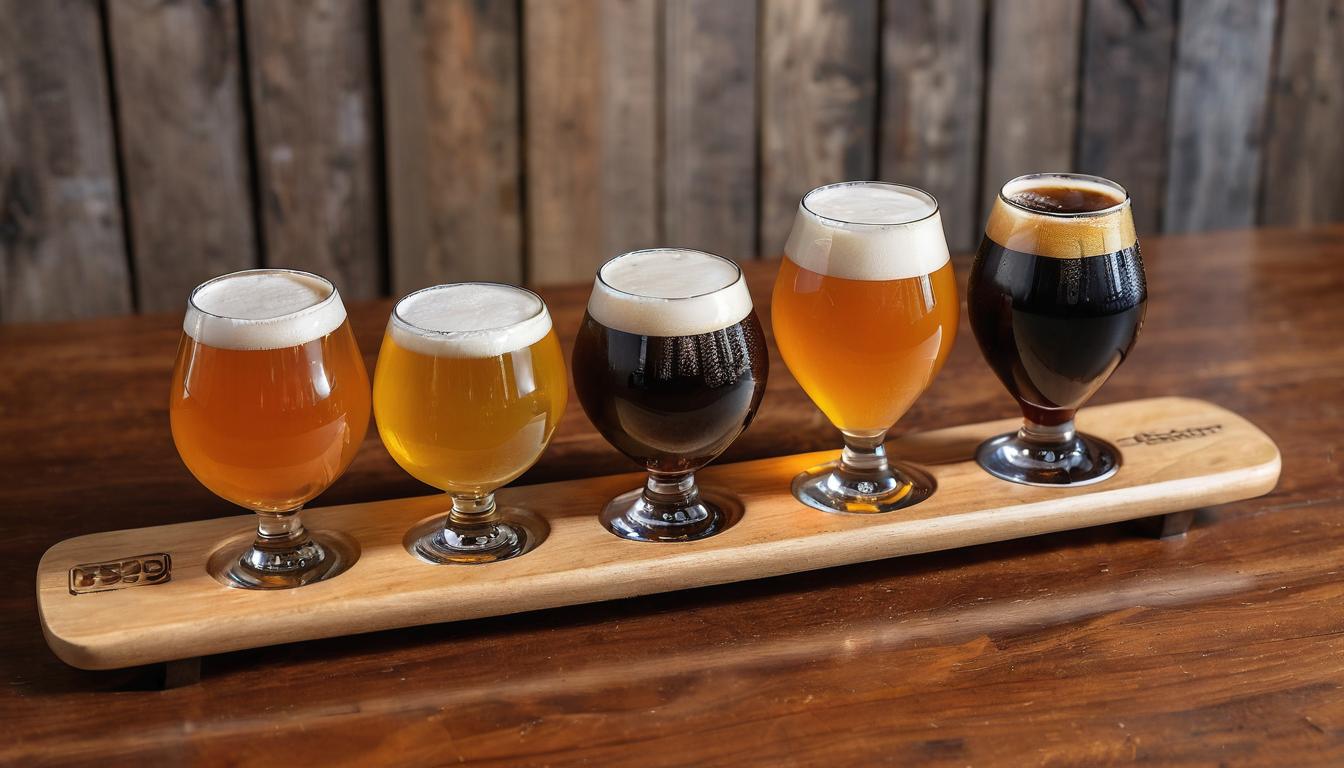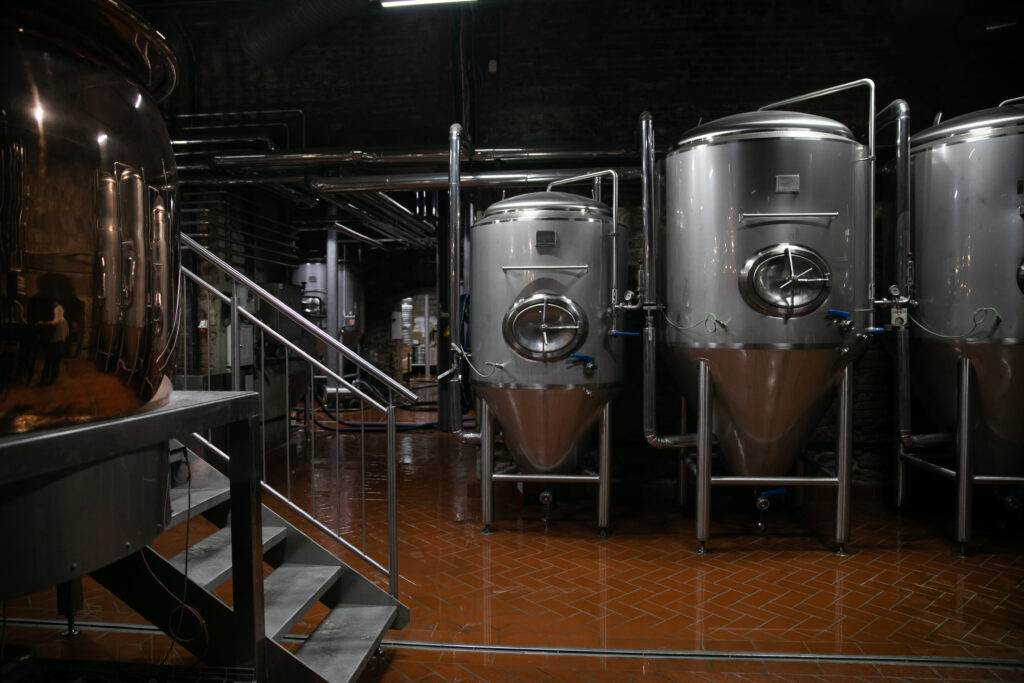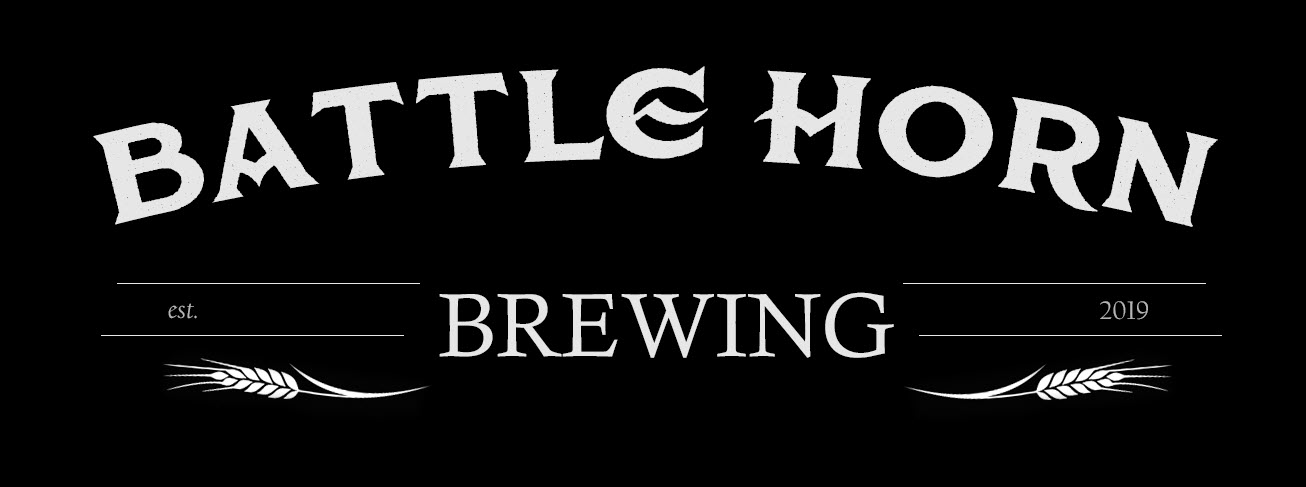
This craft beer guide will walk you through everything you should know about craft beer—from understanding various styles like crisp lagers and hoppy IPAs to navigating your first tasting experience with confidence. We’ve spent countless hours researching, documenting flavors, and visiting diverse breweries across the United States to bring you clear, approachable insights. As we dive into exploring these fascinating brews, you’ll soon find yourself more comfortable discussing and enjoying the best craft beers in any setting.
Craft beer is typically characterized by its unique flavors, smaller production scale, and focus on quality over mass production. It often showcases creativity in brewing techniques and uses high-quality ingredients to create diverse and innovative beer styles. The Brewers Association plays a pivotal role in defining standards and supporting the craft brewing community, ensuring that each craft brewery maintains its dedication to traditional brewing methods and unique flavor profiles.

Different Types of Craft Beer
Craft beer offers an incredibly diverse range of flavors, from light and crisp to rich and full-bodied. Let’s begin by understanding two primary categories of beer: lagers and ales.
Lagers vs. Ales
Lagers and ales represent two fundamental branches in the world of craft beer, each with its own distinct characteristics.
Lagers are known for their clean, crisp taste, making them popular choices for those who prefer a refreshing and easy-drinking beer. These beers are fermented at lower temperatures, often using bottom-fermenting yeast. The cooler fermentation process contributes to their smooth and clean flavor profile, making lagers an excellent choice for light and enjoyable drinking experiences.
On the other hand, ales are often more robust and flavorful, showcasing a broad range of tastes and aromas. Typically fermented at warmer temperatures using top-fermenting yeast, ales can offer diverse flavor profiles that include fruity, malty, and hop-driven characteristics. This wide variation in flavors makes ales versatile and appealing to those seeking complexity and depth in their beers.
Moving beyond these broad categories, let’s dive into specific types of craft beer that enthusiasts often seek out for their unique attributes.
Pale Ale and IPA
Both pale ales and India Pale Ales (IPAs) fall under the ale category but offer distinct taste experiences that cater to different palates.
Pale Ale strikes a harmonious balance between malt sweetness and hop bitterness, resulting in a refreshing yet well-rounded flavor profile. This style is often favored by individuals looking for a versatile beer with pronounced but not overwhelming hop character.
In contrast, IPA enthusiasts appreciate the boldness of this beer style, which emphasizes a robust hop presence that contributes to its signature bitter but aromatic profile. IPAs often showcase an array of hop flavors, ranging from citrusy and piney to floral and tropical, creating an immersive tasting experience for those who enjoy intense hop-forward beers.
Stouts and Porters
Moving towards darker beers, stouts and porters represent prized selections known for their rich and complex taste profiles.
Stouts are renowned for their dark hue, full-bodied texture, and distinctive flavors reminiscent of coffee, chocolate, and roasted malt.These beers often incorporate rich and velvety notes that create a luxurious sipping experience appreciated by many craft beer aficionados. In various American bars across the U.S., you can often find these exquisite brews on tap, straight from the keg for the freshest experience.
Porters share some similarities with stouts but are typically lighter in body while offering remarkable diversity in flavor. From traditional renditions to imaginative variations infused with vanilla or bourbon accents, porters present an exciting spectrum of taste experiences that cater to a wide audience seeking intricate but approachable beers—whether in a cozy bar or an upscale American pub.
The world of craft beer continues to expand with an assortment of unique styles waiting to be explored. From iconic classics to innovative creations, each beer style offers its own distinctive journey for enthusiasts seeking to unravel the fascinating tapestry of flavors within the craft beer landscape, often reflected in the diverse selection at your local U.S. bar.
Now that we’ve explored the vibrant world of craft beer styles, it’s time to uncover the enthralling process behind bringing these exceptional flavors to life. Let’s dive into the brewing process essentials next, where every stage from kegs to the brewing kettle plays a vital role.

Brewing Process Essentials
Brewing beer is like creating magic in a glass. It’s an intricate dance of ingredients and methods that results in the delicious beverages we all enjoy. Let’s break it down step by step so you can understand the intricate, centuries-old process of turning grains into everyone’s favorite beverage, just as seen in many U.S. breweries and keg parties.
Step I – Malting
First up, we have the malting process. This is where barley or other grains are soaked, germinated, and then dried to transform starches into fermentable sugars. Think of it as waking up and prepping the grains for their journey into becoming beer. The germination step is critical because this is when enzymes are produced that will soon help break down the starches in the grain, making them accessible for fermentation. This step is foundational in creating the quality brews you might enjoy while socializing at your favorite American bar.
The length of time and temperature at which the grains are dried can dramatically influence the flavors and characteristics of the finished beer. Different malting techniques can impart a wide range of aromas and flavors, from rich caramel and toasty notes to biscuity flavors—all of which contribute to the unique profile of each beer, adding a special touch to every keg.
Step II – Mashing
Moving on to mashing, this is where things start to get exciting. The malted grains are steeped in hot water, creating a sugary liquid called wort. It’s all about transforming those complex carbohydrates into simple fermentable sugars that yeast can later gobble up. It’s like making tea—except this tea will eventually become beer, the kind that you might find in any American bar or keg party.
The specific temperatures and duration of mashing can be finely tuned to yield varying levels of sweetness and body in the final beer. This level of control over the mashing process allows brewers to craft a broad spectrum of beer styles with diverse flavor profiles, whether they’re intended for bottling or direct keg consumption.
Step III – Boiling
Once we have our wort, it’s time for boiling. The wort is boiled with hops to add bitterness, flavor, and aroma while also ensuring unwanted bacteria are eliminated. This stage is crucial in harmonizing all these elements together to create a balanced draft beer. It’s during this boiling process that the hops’ delightful notes are developed, contributing to the character of the beer you might savor at an American bar.
Just like making soup, adding hops at different times during the boil produces different results. Hops added early on contribute bitterness; those added later on in the process offer more aroma and flavor. It’s this careful manipulation of ingredients that enables brewers to develop a vast array of beer styles with distinctive tastes, ideal for kegging or bottling.

Step IV – Fermentation
After boiling comes fermentation—an enchanting transformational journey. Here, you might see massive stainless steel fermentation tanks in many U.S. breweries, where the magic truly happens and the beer you’ve been waiting to enjoy is finally coming into its own.Yeast is added to the cooled wort, where it voraciously converts sugars into alcohol and carbon dioxide over several days or weeks. As yeast actively carries out this process, exciting chemical reactions occur that shape the beer’s character, fine-tuning it to perfection for every drink.
The type of yeast used plays an instrumental role in determining whether the beer will be an ale or a lager, as well as influencing its aroma, flavor, and mouthfeel. Each yeast strain has its unique set of properties that impact the final product. For those who appreciate a careful selection of beers, the yeast’s role cannot be overstated.
Step V – Conditioning and Packaging
Wrapping up our brewing odyssey, once fermentation is complete, there’s still some work left to be done. The beer undergoes a conditioning phase where it develops its full flavor profile before being filtered, carbonated, and gracefully packaged for distribution, ready to be served as either draught or bottled beer at a competitive price.
During conditioning, any remaining yeast or undesirable compounds settle out of suspension while desirable flavors continue developing. Additionally, any lingering off-flavors are further refined during this stage, contributing to the harmony and balance of the finished beer. This meticulous process ensures that each pint poured is of the highest caliber, worthy of careful selection.
In essence, each step in the brewing process is vital—controlling malting yields diverse flavors; precise mashing determines sweetness; careful boiling balances bitterness with aroma; skilled fermentation creates alcohol and distinct characteristics; and thoughtful conditioning perfects flavor profiles.
Understanding these essentials not only deepens your appreciation for craft beer but also sheds light on why each pint poured is a masterpiece worth savoring with every sip.
Quality and Flavors of Craft Beer
Craft beer is all about the taste and experience. The challenge for craft brewers is to create something unique and enjoyable, tempting your taste buds with a vast array of flavors that you won’t find in mass-produced beers.
Ingredient Sourcing: Craft brewers pay meticulous attention to ingredient sourcing—using high-quality grains, fresh hops, and pure water to ensure a distinctive and refined flavor profile. This emphasis on quality not only sets craft beer apart but also reflects the dedication of brewers in capturing the essence of each ingredient in every sip.
Use of Adjuncts: Craft beer offers an exciting canvas for creativity, often incorporating adjuncts such as fruit, spices, or even coffee in brewing. These additional ingredients infuse unique flavor combinations into craft beers, creating an exquisite indulgence for the palate. Imagine savoring a rich chocolate stout or a zesty citrus-infused IPA; these innovative adjuncts elevate the craft beer experience, providing an adventurous world of flavors for enthusiasts to explore.
Craft brewers always keep things interesting by introducing seasonal brews that align with nature’s ever-changing tapestry of flavors. Whether relishing pumpkin ales in the fall or indulging in light wheat beers in the summer, these seasonal offerings capture the spirit of the season and offer an immersive sensory experience for consumers.
By meticulously sourcing ingredients, embracing innovative adjuncts, and curating seasonal brews that mirror nature’s bountiful flavors, craft breweries continue to entice enthusiasts with an awe-inspiring symphony of tastes that celebrate creativity and dedication to exceptional quality. Whether you prefer a sophisticated bottled selection or a fresh draught, the dedication and detail that go into each craft brew bring forth a drink worth every sip.
As we’re coming to appreciate the efforts behind crafting every sip of your favorite craft beer, it’s time to step into the realm of microbreweries and local brews where passion meets expertise for an authentic taste adventure. These authentic taste adventures not only include the beverages enjoyed in cozy pubs but also the convenience of taking home craft beer cans to savor later.

Exploring Microbreweries and Local Brews
Every town or city is home to a treasure trove of unique flavors waiting to be discovered at local microbreweries. This can be an exciting adventure as you support small businesses and often get to sample limited-edition or experimental brews that aren’t widely available. Additionally, visiting these small breweries provides an opportunity to engage directly with the passionate individuals who craft these delightful beverages, often enjoyed fresh from the tap or from well-packed cans.
One of the most enchanting aspects of visiting local microbreweries is the chance to embark on guided brewery tours. These tours provide a behind-the-scenes look at the intricate brewing process, allowing you to witness firsthand how your favorite beverage is meticulously crafted from start to finish. What’s more, many tours conclude with the highlight of sampling their freshest products, sometimes shared in the cozy ambiance of a pub, providing a fun and educational experience.
Regional breweries often take pride in crafting regional specialties influenced by local ingredients and traditions. For example, New England IPAs are known for their hazy appearance and bright, fruity flavors, while West Coast Sours embrace tart, complex notes that reflect their coastal origins. Exploring these distinct regional styles not only broadens your palate but also provides insight into the rich cultural tapestry that intertwines with the craft beer landscape, whether it be enjoyed in a pub or from a can.
By supporting local microbreweries and savoring their diverse offerings, you become part of a vibrant community connected by a shared love for exceptional brews. It’s an opportunity to celebrate creativity, innovation, and tradition while immersing yourself in an enriching experience that transcends mere consumption. Next time you’re out exploring, consider stopping by a nearby microbrewery – who knows what new flavors and experiences await you, whether they be enjoyed on-site or taken home in thoughtfully crafted cans?
